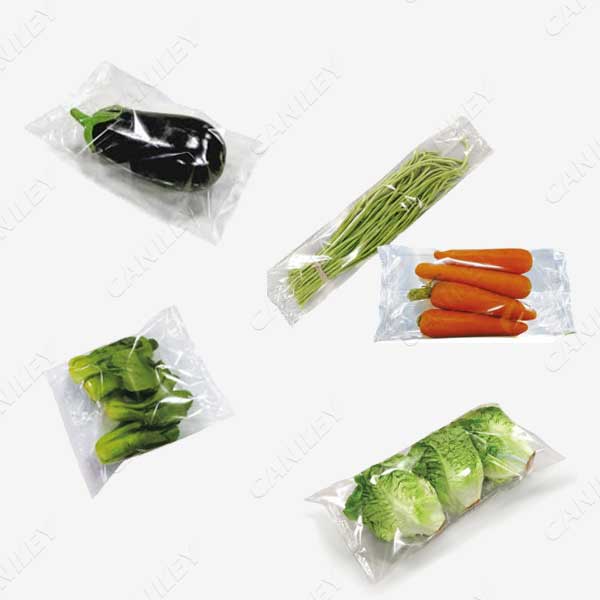The shelf life of fresh vegetables is very short, the packaging process is very important in order to reduce the loss of moisture and damage to the vegetables during transportation. But how to pack vegetables? First of all, we need to understand why packaging?
The fundamental purpose of vegetable packaging is to extend the shelf life of the product. At the same time, it is also to beautify the products and provide convenience to customers. Through the reasonable selection of packaging materials and container structure design, the damage and spoilage of vegetables in the process of transportation, handling and exhibition are greatly reduced. Much research has been devoted to climate control methods to delay the spoilage of vegetables during long-distance transportation, even by road, rail, and sea. Store the package at low temperature to suppress the respiration rate of the vegetables. At the same time, the oxygen content in the container is gradually reduced, and the amount of carbon dioxide is relatively increased, thus delaying the ripening period of vegetables for more than a few weeks.
How to pack vegetables for delivery?
In the past, people usually packaged by hand, however, with the continuous development of technology, mechanized packaging has gradually replaced manual labor. The most commonly used is the pillow type vegetable packing machine. The machine will automatically complete punching, film wrapping, bag making, sealing and cutting and other actions, making the entire packaging process more automated.

Vegetable packaging notes:
- Vegetable packaging must be punched in the packaging film. If the sealing is too tight, it is not conducive to the breathing of vegetables and will accelerate the decay of vegetables.
- When packaging vegetables, it is required to make full use of the characteristics of various packaging materials such as gas resistance, moisture resistance, heat insulation, cold preservation, shock resistance, buffering, and bacteriostasis. Design appropriate container structures, and use corresponding packaging methods to package vegetables inside and outside. Create a good environmental condition in the package, reduce the respiration of vegetables to the minimum required to maintain their life activities, and minimize evaporation, prevent microbial infection and harm. At the same time, vegetables should also be protected from mechanical damage. Different types of vegetables have different packaging requirements.
